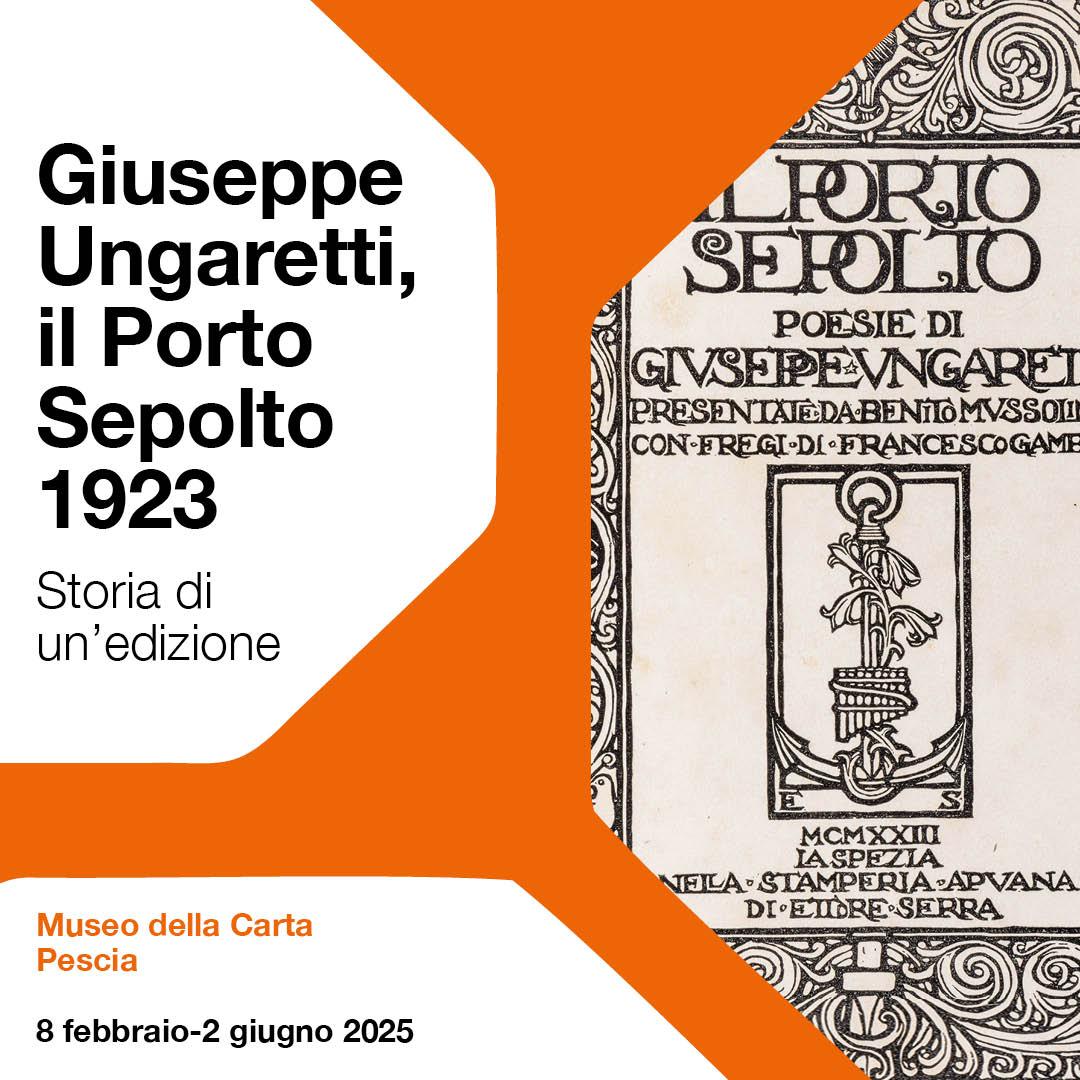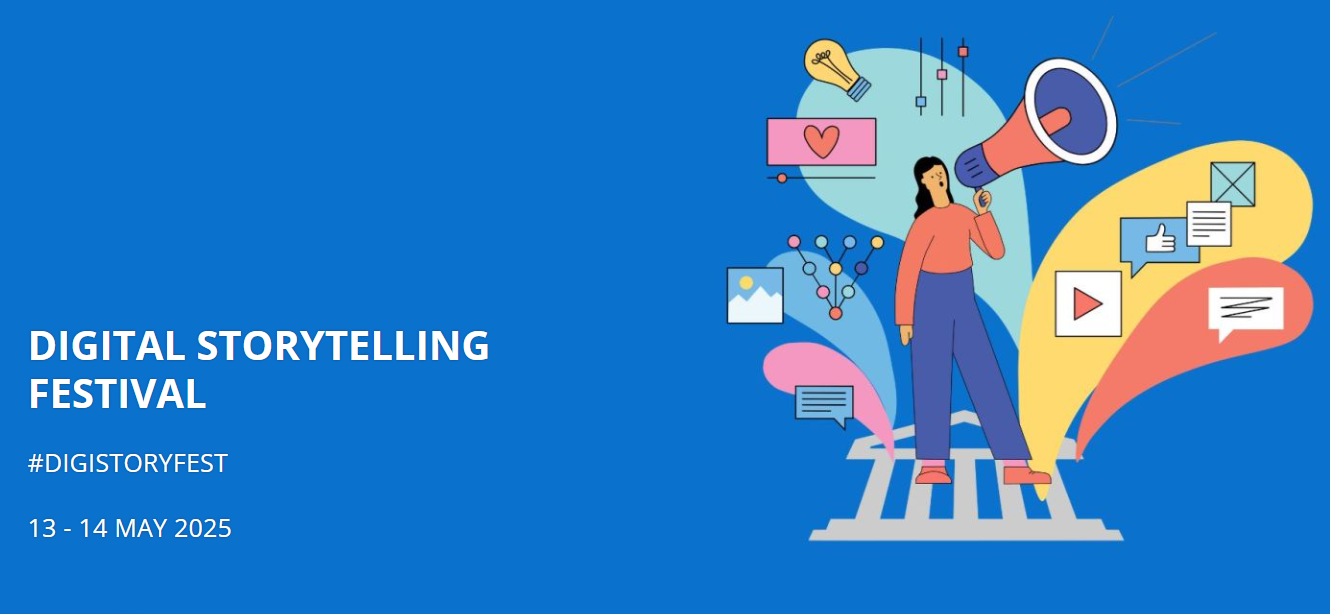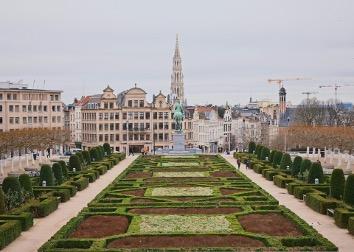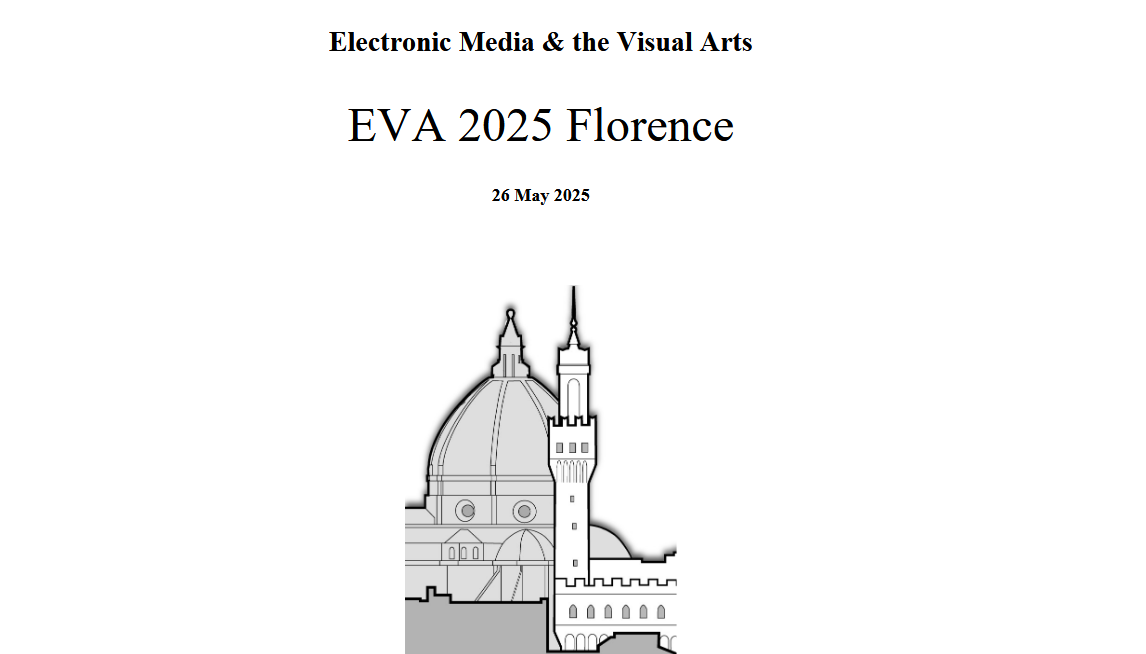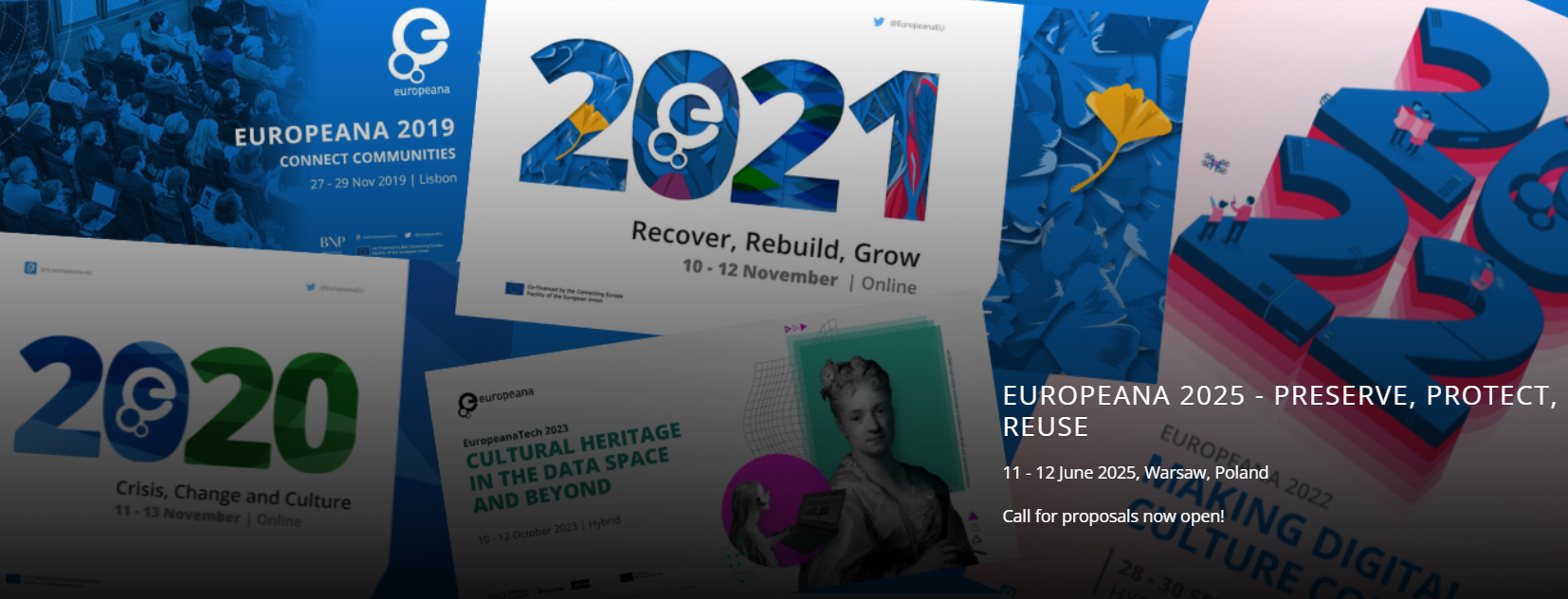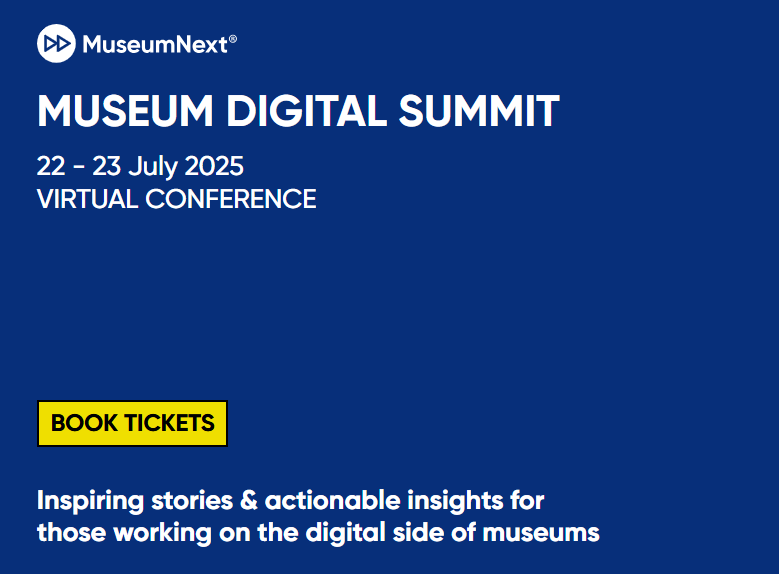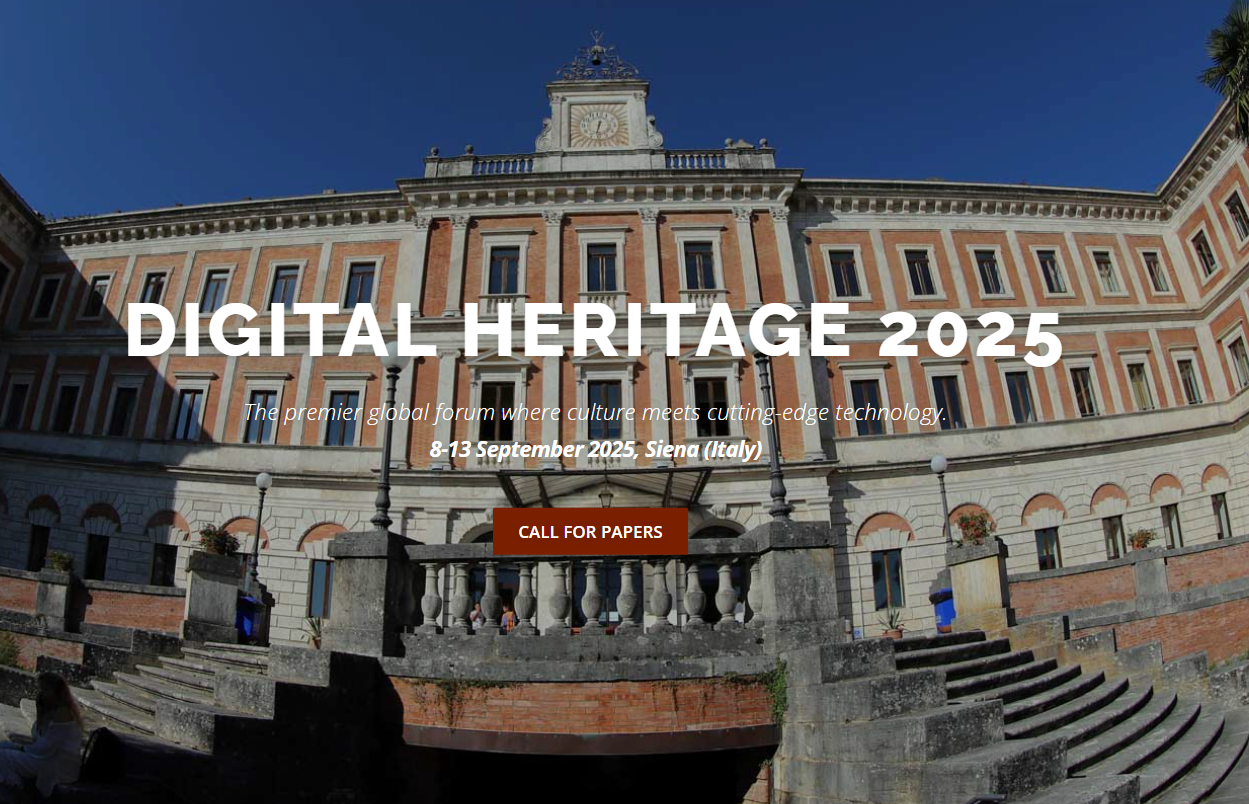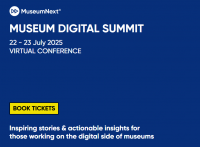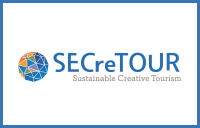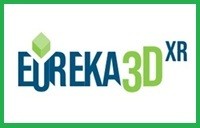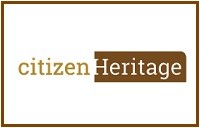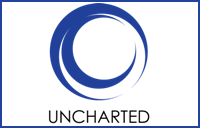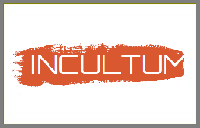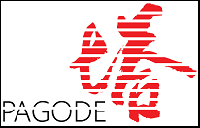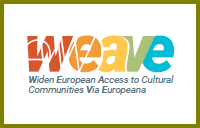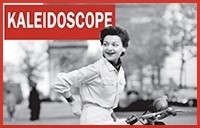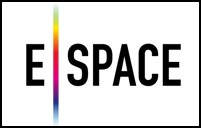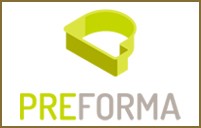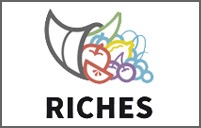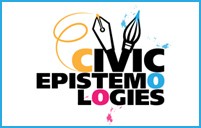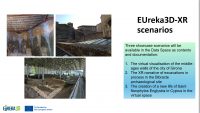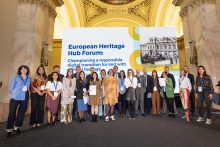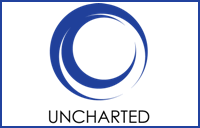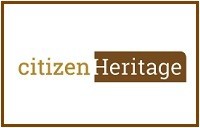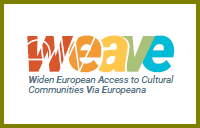Text by Caterina Sbrana.
John James Audubon (1785-1851) was not the first person who painted and described all the birds of America, but he was one of the youngest “country’s dominant wildlife artist(s)”. We are talking about his seminal Birds of America, a collection of 435 life-size watercolors of North American birds printed between 1827 and 1838, all reproduced from hand-engraved plates. This is a portal into the natural world.
A collection born from the failure of Audubon: in facts he was briefly jailed for bankruptcy; with a family to support and no other prospect Audubon goes away from Henderson, while Lucy, his wife, earns money as a tutor for rich families. With a gun, pencils, some notebooks and a young assistant, the artist collects a lot of material about American avifauna. In 1826, with his collection partially finished, he sailed to England. His life-size bird paintings, along with descriptions of wildlife, hit just the right spot at the height of the continent’s romantic era. “The American Woodsman was literally an overnight success”.
As we read in the web site dedicated to him “He encapsulates the spirit of young America, when the wilderness was limitless and beguiling. He was a person of legendary strength and endurance, as well as a keen observer of birds and nature.”
Nearly two centuries later, Audubon prints are coming to life once again in a vibrant digital library : https://www.audubon.org/birds-of-america.

https://www.audubon.org/birds-of-america/american-avocet (Plate 318)
In the digital archive it is possible to make a search by inserting the common name (not scientific) of the bird or to scroll through the paintings of birds, inserted in alphabetical order. You can also see the plates in chronological order. The birds are drawn in their habitat, while they look for food or feed the newborn, in pairs in groups or singles, while they fly or while they are placed on a branch. Plate 1, for example, represents an extraordinary Wild turkey one of the most interesting of the birds indigenous to the United States of America.
For each bird there is a long description of the areas where it lives, its habits, the mating and especially the description of what these animals do during the year. It is specified also the scientific name of both the bird and the plant represented.
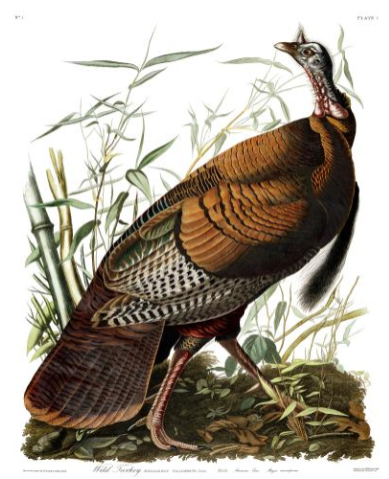
https://www.audubon.org/birds-of-america/wild-turkey
“The Turkey is irregularly migratory, as well as irregularly gregarious. The males, or, as they are more commonly called, the gobblers, associate in parties of from ten to a hundred, and search for food apart from the females; About the middle of April, when the season is dry, the hens begin to look out for a place in which to deposit their eggs”.
To better understand the accuracy in the description we do a search by entering “flamingo” : we immediately find out that it is plate 431 – American Flamingo.
And immediately the description: “On the 7th of May, 1832, while sailing from Indian Key, one of the numerous islets that skirt the south-eastern coast of the Peninsula of Florida, I for the first time saw a flock of Flamingoes. It was on the afternoon of one of those sultry days which, in that portion of the country, exhibit towards evening the most glorious effulgence that can be conceived”.

https://www.audubon.org/birds-of-america/american-flamingo
You can admire the composition in its entirety, you can zoom some parts, download it in high resolution, or share the image via Twitter fb, e-mail and other social network. The extraordinary thing is that we have the comparison between the painting and a modern photograph of the species observed in the section “bird guide”: Audubon had an extraordinary ability to observe every detail of the painted subject from the color of the plumage to the shape of the beak and movements. I suggest at least the navigation among the Audubon Birds not only to bird watching enthusiasts or ornithologists, but to all those who like to observe beautiful things.
Website: www.audubon.org



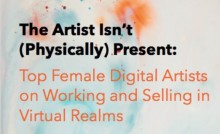
 Thursday 13th June at Showfields, Manhattan, New York, the interesting panel discussion “The Artist Isn’t (Physically) Present: Women in Digital Art” took place to discuss why digital art, like other artistic format, continues to be dominated by male exponent although there are excellent female digital artists who work and sell in the virtual realms.
Thursday 13th June at Showfields, Manhattan, New York, the interesting panel discussion “The Artist Isn’t (Physically) Present: Women in Digital Art” took place to discuss why digital art, like other artistic format, continues to be dominated by male exponent although there are excellent female digital artists who work and sell in the virtual realms.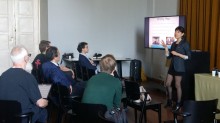
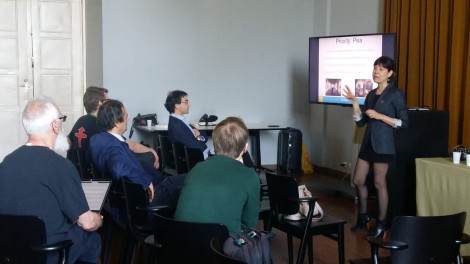
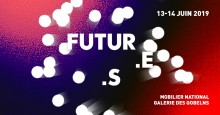
 We are very happy to present two STARTS Residencies projects during Futur.e.s festival on 13th and 14th June, at the Galerie des Gobelins in Paris. Created by Cap Digital, Futur.e.s festival offers for two days interactive summits that mix inspirational lectures, workshops and masterclasses, and 80 innovative demos rigorously selected for their emerging, sustainable nature and technological excellence.
We are very happy to present two STARTS Residencies projects during Futur.e.s festival on 13th and 14th June, at the Galerie des Gobelins in Paris. Created by Cap Digital, Futur.e.s festival offers for two days interactive summits that mix inspirational lectures, workshops and masterclasses, and 80 innovative demos rigorously selected for their emerging, sustainable nature and technological excellence.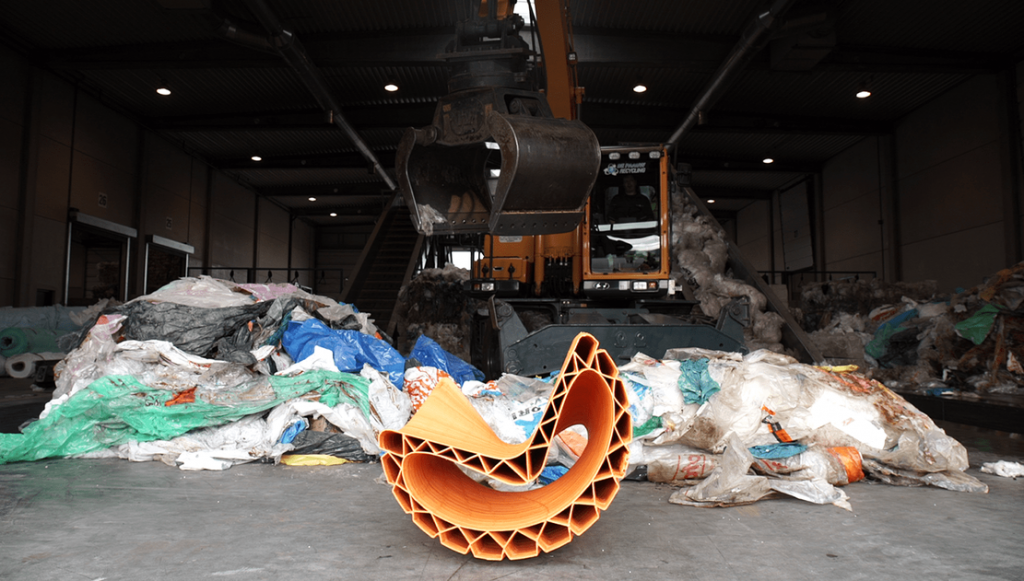
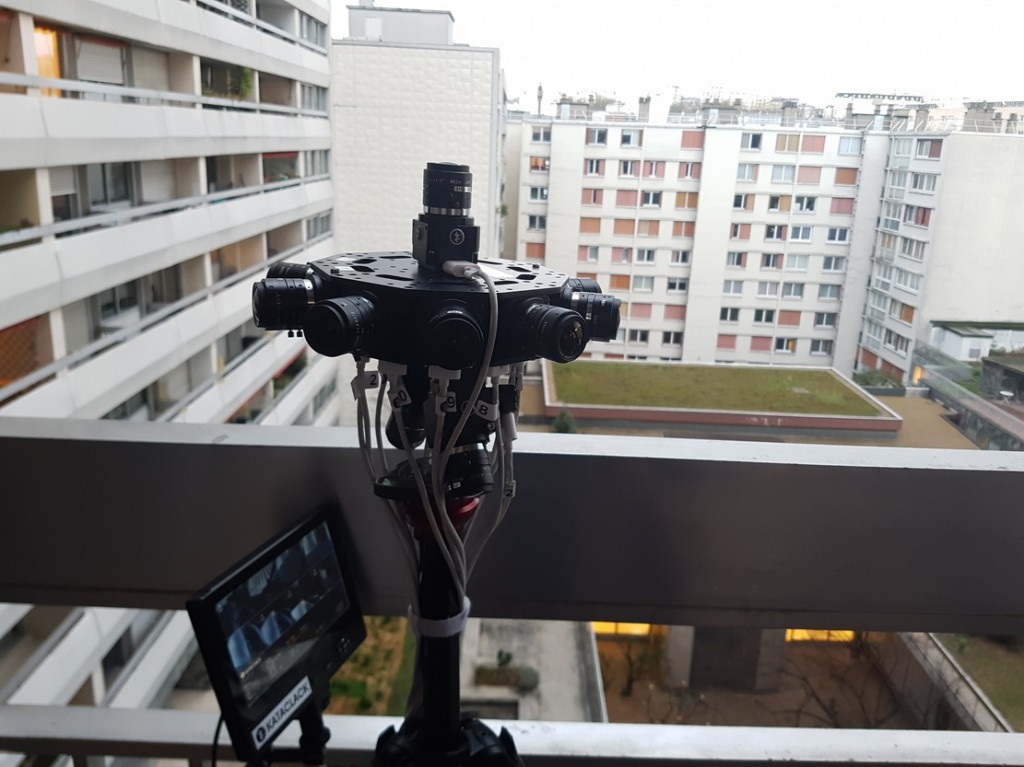
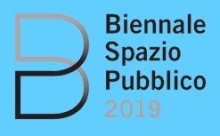
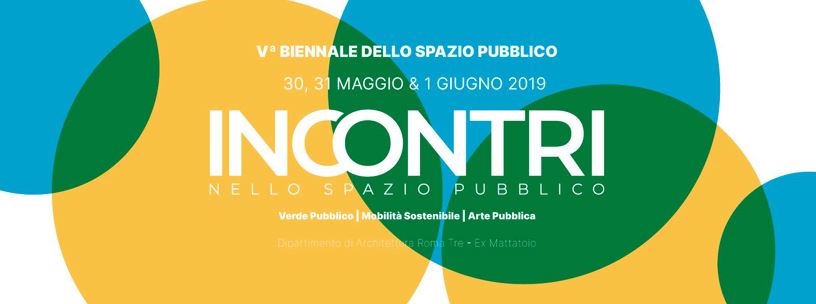 The contemporary city suffers the large and rapid changes of urban and social nature, spreads individualism and it is increasingly difficult to trace what is recognized as “common”; this increases the degradation and the abandonment of real public space, but public space represents a privileged place to meet, socialize, share interests, promote activities of construction and development of forms of participatory democracy; it embodies the identity of a city and the shared values of the community that resides there.
The contemporary city suffers the large and rapid changes of urban and social nature, spreads individualism and it is increasingly difficult to trace what is recognized as “common”; this increases the degradation and the abandonment of real public space, but public space represents a privileged place to meet, socialize, share interests, promote activities of construction and development of forms of participatory democracy; it embodies the identity of a city and the shared values of the community that resides there.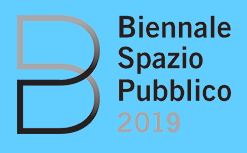 The Biennial promotes meeting and comparison between citymakers, individuals or associates, who show interest in a physical re-appropriation of the city with representatives of Municipalities and Regions, professional Associations, universities and companies; the aim is to outline effective shared solutions and the enhancement of public spaces.
The Biennial promotes meeting and comparison between citymakers, individuals or associates, who show interest in a physical re-appropriation of the city with representatives of Municipalities and Regions, professional Associations, universities and companies; the aim is to outline effective shared solutions and the enhancement of public spaces.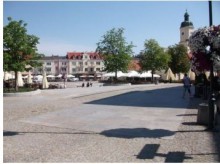
 Last May the open-access peer-reviewed international academic journal “Urbanities” published the result of the Polish case study carried on in the framework of the Small Towns Heritage Pilot of REACH Project. The article was written by
Last May the open-access peer-reviewed international academic journal “Urbanities” published the result of the Polish case study carried on in the framework of the Small Towns Heritage Pilot of REACH Project. The article was written by 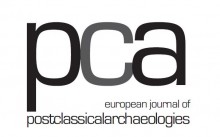
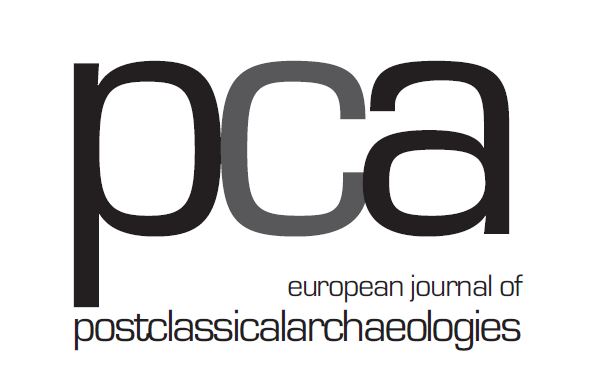 The independent European journal of post classical archaeologies PCA recently published an article facing the theme of the participation on cultural landscape.
The independent European journal of post classical archaeologies PCA recently published an article facing the theme of the participation on cultural landscape.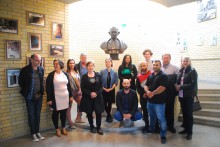
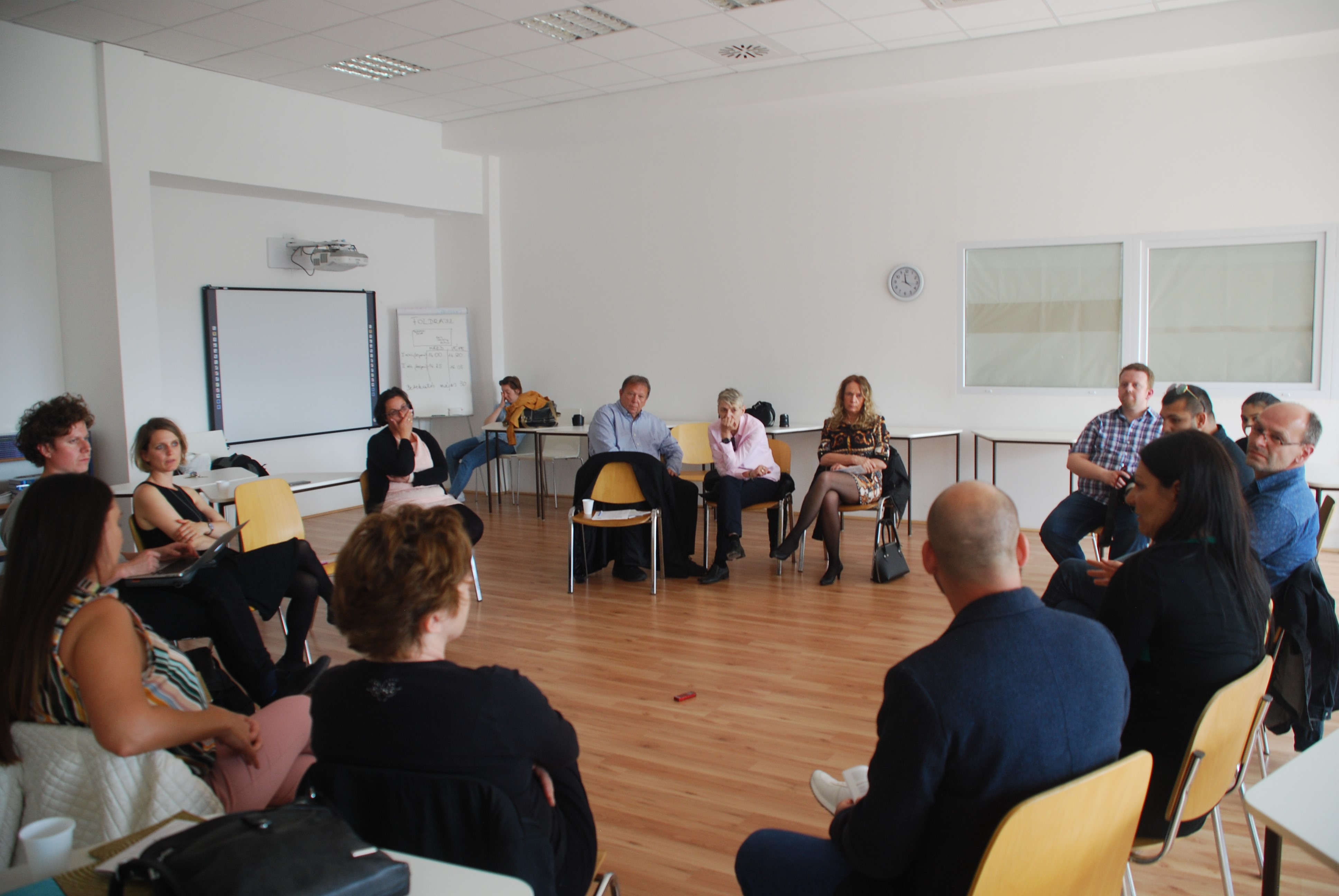
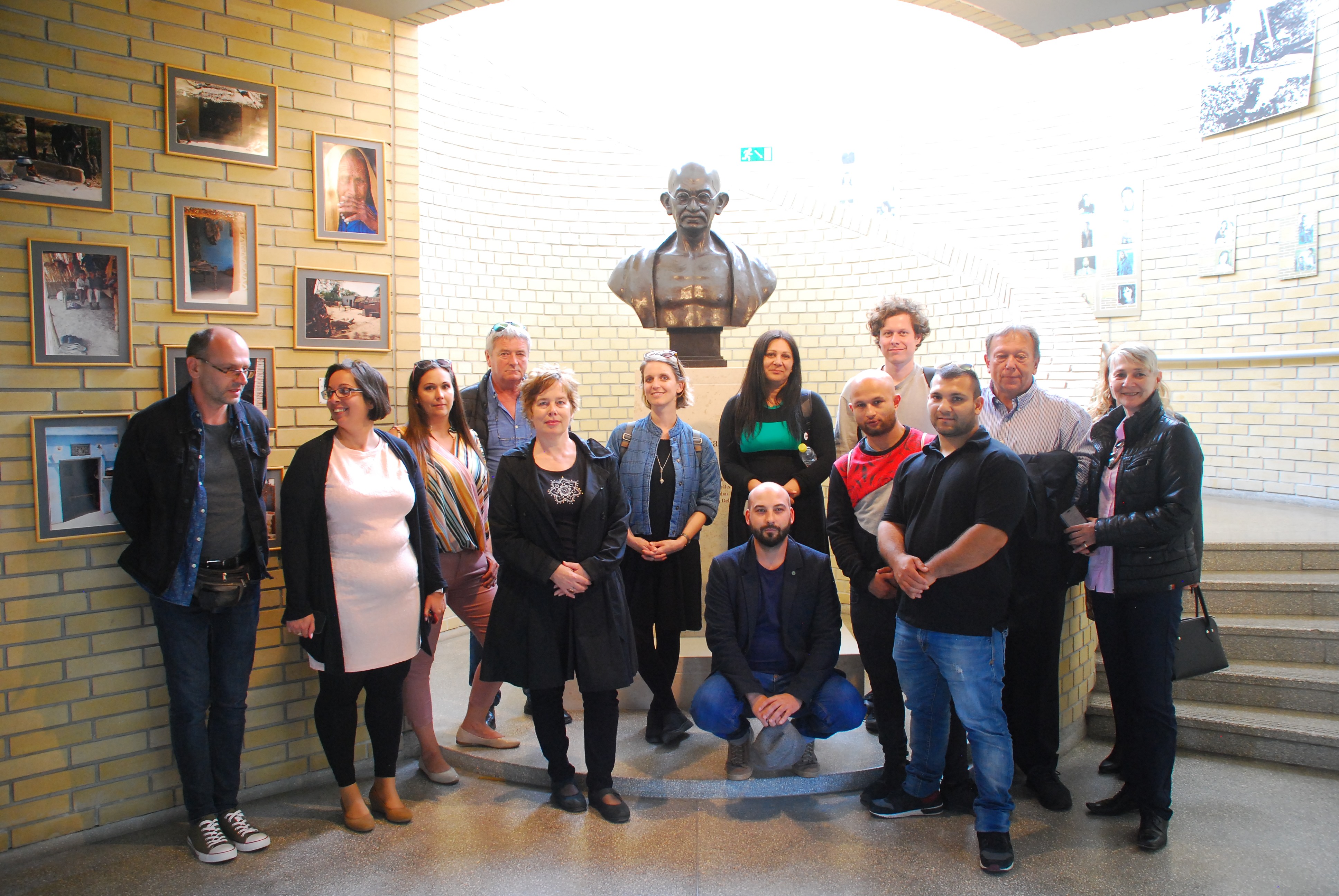









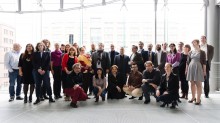
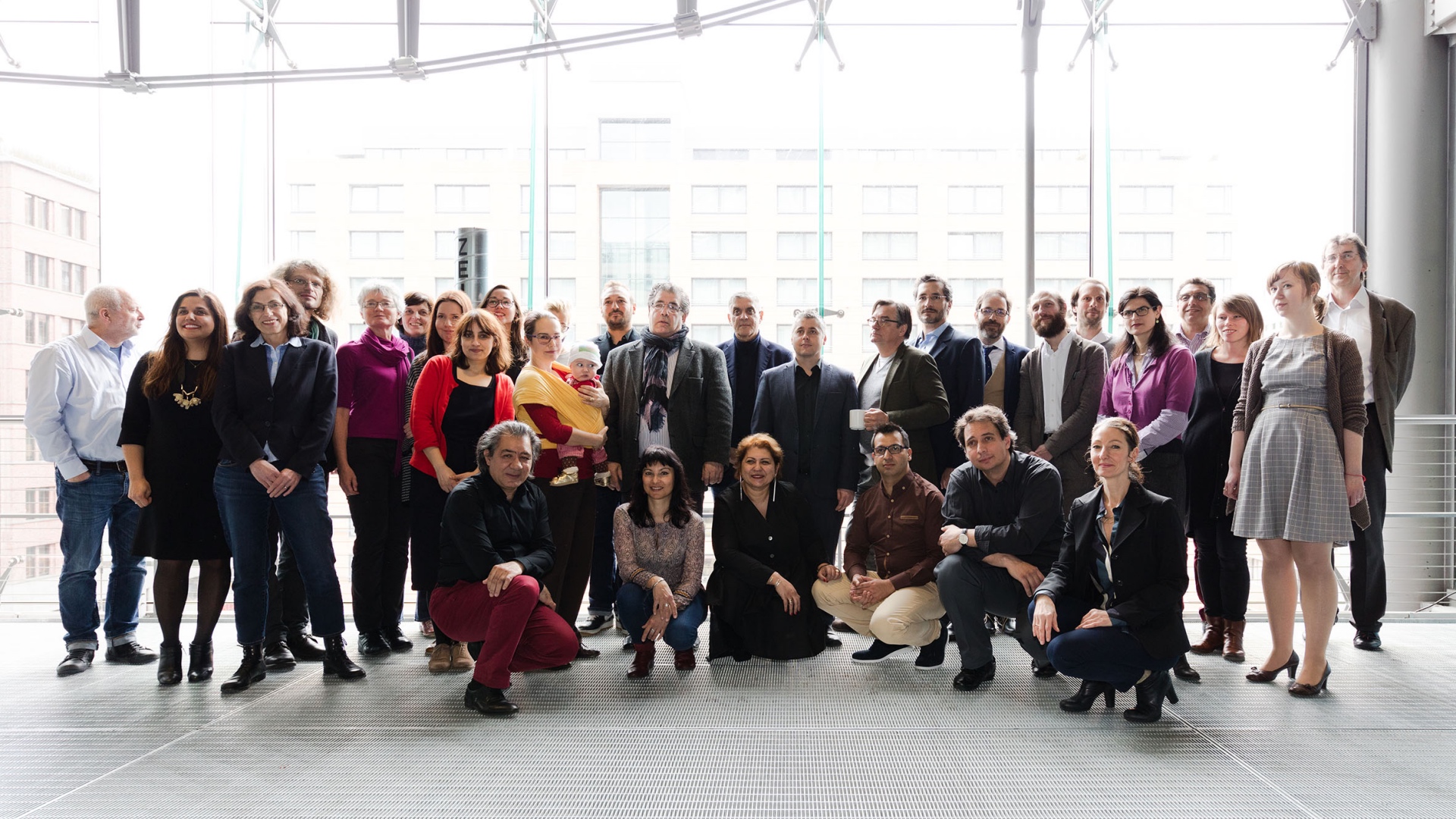 The 21 May the European Commission and Europa Nostra, the leading European heritage network, announced the winners of the European Heritage Awards / Europa Nostra Awards 2019, the Europe most prestigious honour in the field, funded by the Creative Europe programme.
The 21 May the European Commission and Europa Nostra, the leading European heritage network, announced the winners of the European Heritage Awards / Europa Nostra Awards 2019, the Europe most prestigious honour in the field, funded by the Creative Europe programme.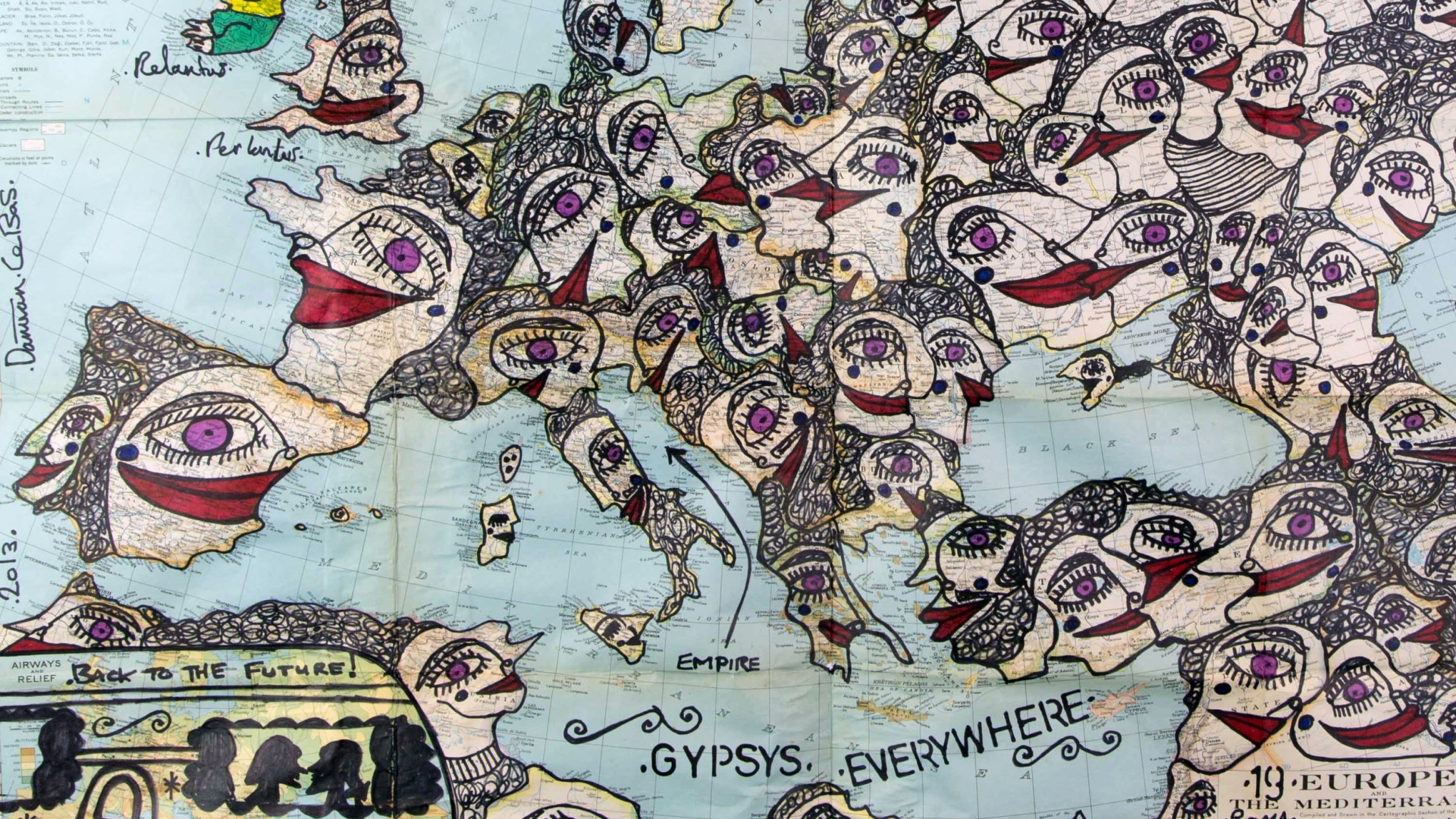 “The subject of this research is essential for the history of the people of Europe”, the jury said, “Roma, with twelve million people, constitute the largest neglected minority in Europe. This archive is particularly innovative as it pays attention to the self-representation of Romani identities, expressing both tangible and intangible aspects of this heritage and moving away from the stereotypical perceptions of Roma”.
“The subject of this research is essential for the history of the people of Europe”, the jury said, “Roma, with twelve million people, constitute the largest neglected minority in Europe. This archive is particularly innovative as it pays attention to the self-representation of Romani identities, expressing both tangible and intangible aspects of this heritage and moving away from the stereotypical perceptions of Roma”. If you have interesting news and events to point out in the field of digital cultural heritage, we are waiting for your contribution.
If you have interesting news and events to point out in the field of digital cultural heritage, we are waiting for your contribution.
